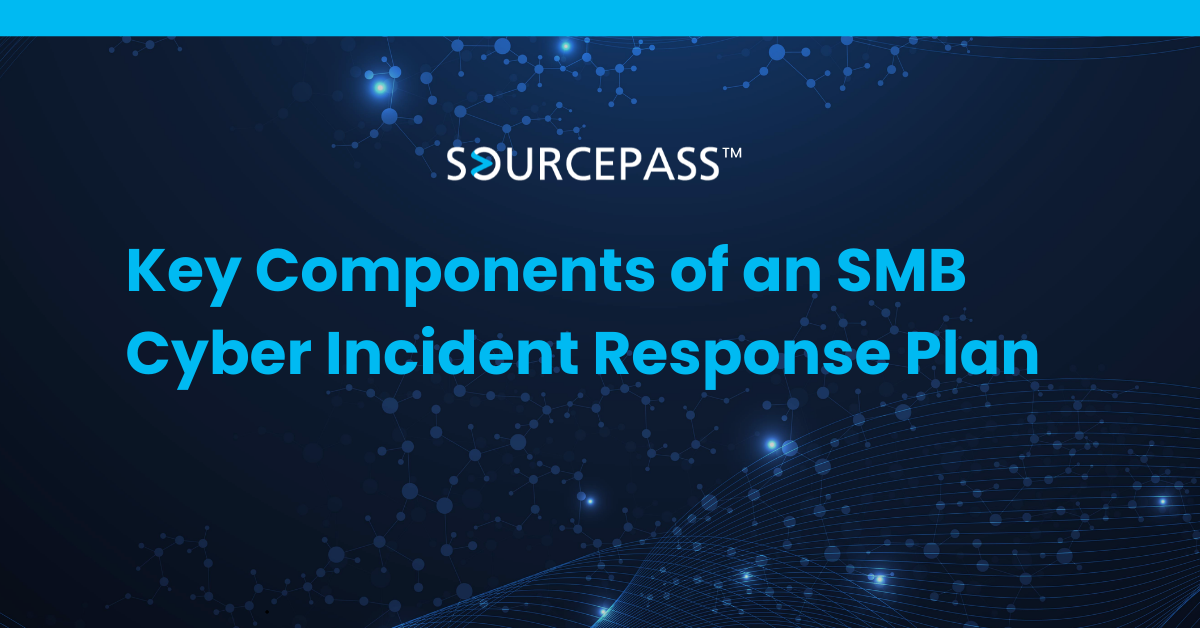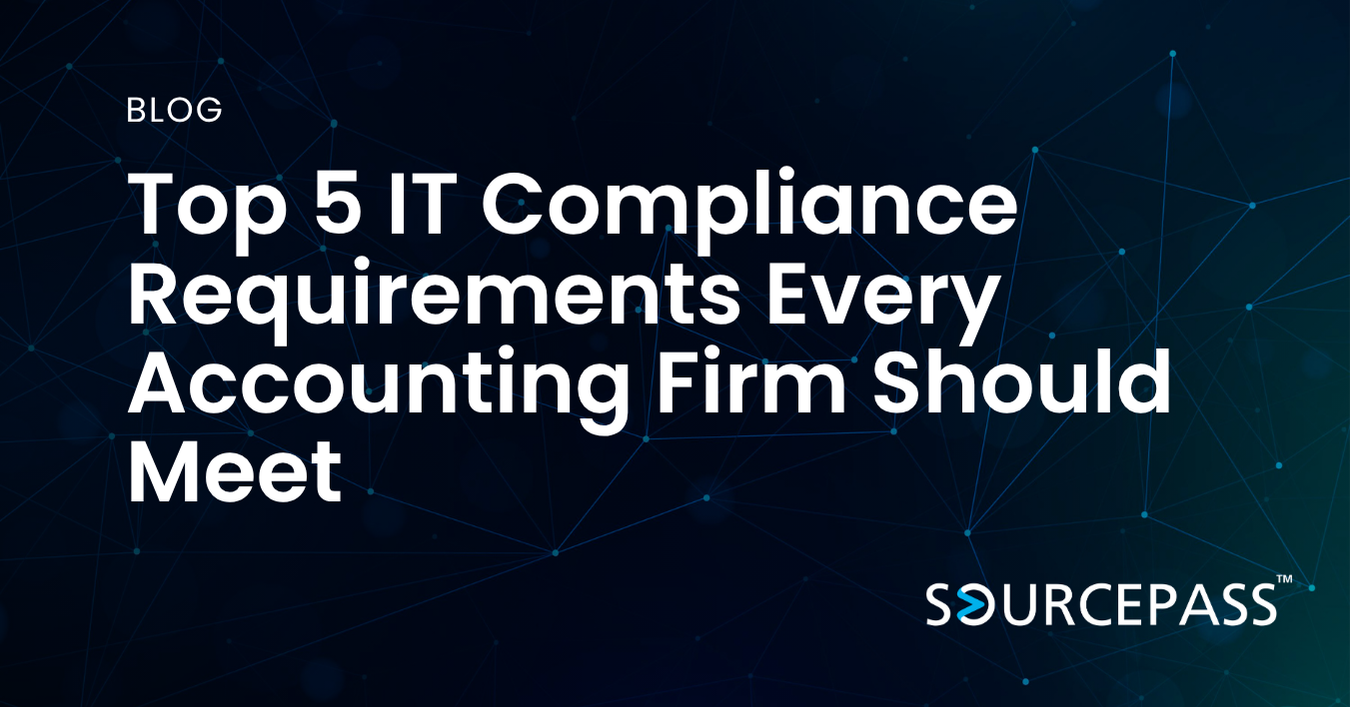Key Components of an SMB Cyber Incident Response Plan
Nov 24, 2025 Alex Davis Cybersecurity 2 min read



Key Components of an SMB Cyber Incident Response Plan: Roles and Responsibilities
Small and midsize businesses are frequent targets of cyber incidents, yet many lack a structured plan to respond quickly and limit damage. A clear incident response plan helps teams act confidently, protect operations, and meet regulatory requirements. This guide outlines the core components every SMB should include, with a focus on roles and responsibilities.
The Essential Elements of an SMB Cyber Incident Response Plan
Incident Response Working Group
Start by assembling a cross-functional group that becomes the core incident response team. This usually includes IT, security, legal, communications, operations, and executive leadership.
Define specific roles, including:
-
Incident commander
-
Communications lead
-
Legal liaison
-
Technical leads for containment and remediation
Create an escalation policy with on-call rotations so the right people are reachable during off-hours.
Role Clarification and Escalation
Every responder should know what they own, whom they report to, and how to escalate. Document responsibilities for each role and outline clear paths for alerting legal, leadership, regulators, or customers when required. Make sure these steps account for after-hours incidents, which are common.
Asset Inventory and Prioritization
An up-to-date inventory of critical systems, data, and business processes guides containment decisions. Identify which assets are essential to operations and map dependencies. Conduct a gap analysis of controls so the team knows where risks exist before an incident occurs.
Runbooks and Checklists
Organize incident categories such as phishing, ransomware, and data breaches. For each, build runbooks that outline:
-
Detection
-
Analysis
-
Containment
-
Eradication
-
Recovery
-
Review
First responders should also have streamlined checklists that help them act quickly.
Contact Matrix and Tooling
Maintain a contact matrix that includes internal leaders, MSP or MSSP partners, cyber insurance carriers, vendors, and law enforcement. Document all available tools, such as endpoint protection, SIEM, logging systems, and backup processes, so responders know what to use during each stage.
Legal and Compliance Integration
Include guidance for meeting regulatory deadlines, cyber insurance requirements, and third-party notifications. Legal and compliance teams should be involved early to reduce risk and ensure accurate reporting.
Plan Accessibility and Training
Make the plan easy to find and maintain version control. Require periodic acknowledgment from stakeholders. Train staff regularly, especially front-line employees who often detect issues first. The plan should be part of onboarding and refreshed during major technology or organizational changes.
Practice and Continuous Improvement
Tabletop Exercises
Conduct quarterly tabletop exercises to rehearse decision-making and validate runbooks. These sessions reveal gaps and strengthen coordination across teams. Follow each tabletop with a blameless postmortem and an improvement backlog.
Metrics and Reporting
Track readiness and performance metrics such as mean time to detect, mean time to respond, and the rate of escalations to executives. These metrics help leadership understand risk and guide ongoing investments in security processes.
Frequently Asked Questions
What is the most important first step in creating an incident response plan?
The first step is forming an incident response working group and defining clear roles. Without ownership and accountability, even well-written plans break down during real events.
How often should SMBs update their incident response plan?
Plans should be reviewed at least twice a year and updated after major technology changes, regulatory updates, or lessons learned from incidents and tabletop exercises.
Do SMBs really need runbooks?
Yes. Runbooks give responders clear, repeatable steps that reduce delays and mistakes. They are especially valuable for smaller teams that rely on on-call or multi-role staff.
How can an SMB improve response speed?
Training, contact matrices, automated alerts, and rehearsed escalation paths all reduce response time. Regular tabletop exercises have one of the biggest impacts on speed and accuracy.
Should third-party vendors be included in the plan?
Yes. Most SMBs depend on service providers. Include MSP or MSSP partners, cloud vendors, software providers, and cyber insurance contacts in your matrix and escalation process.
Subscribe To
Sourcepass Insights
Sourcepass Insights
Stay in the loop and never miss out on the latest updates by subscribing to our newsletter today!
.png?width=500&height=100&name=White%20Logo%20-%20Transparent%20Tag%20(3).png)



